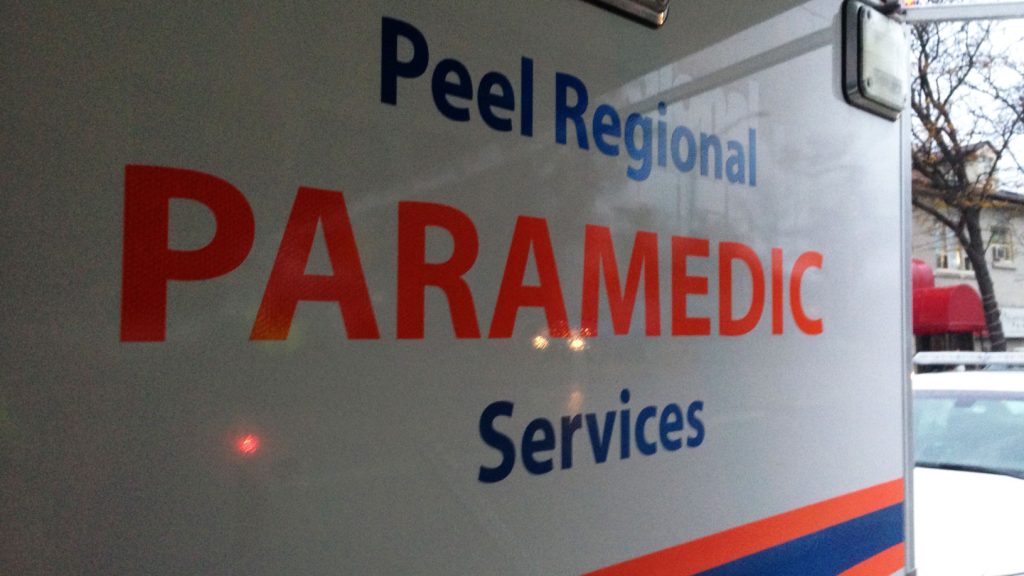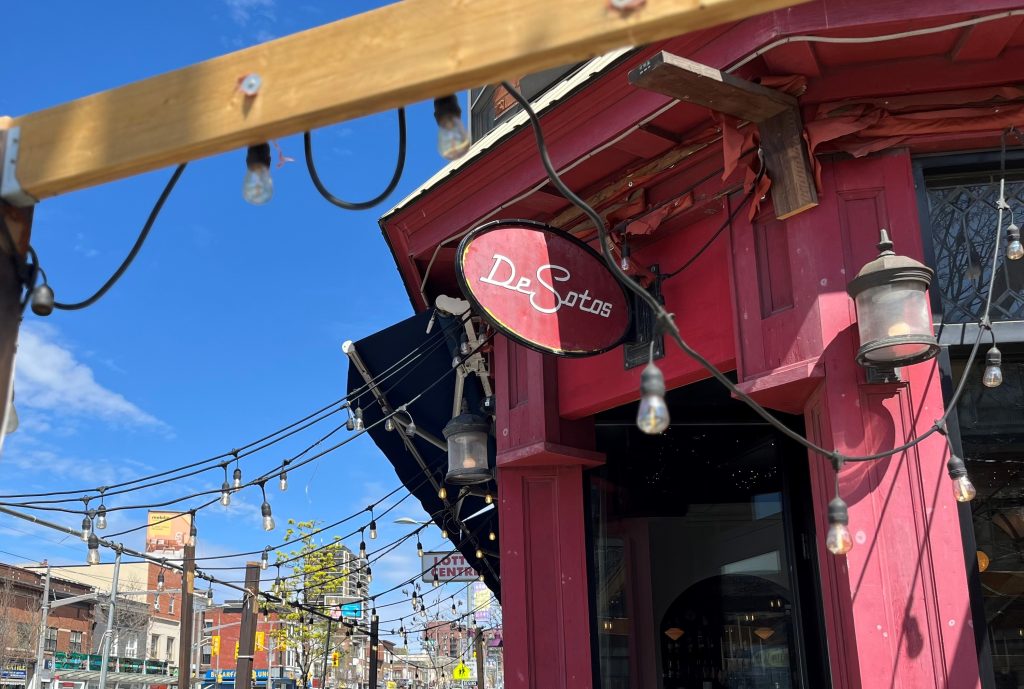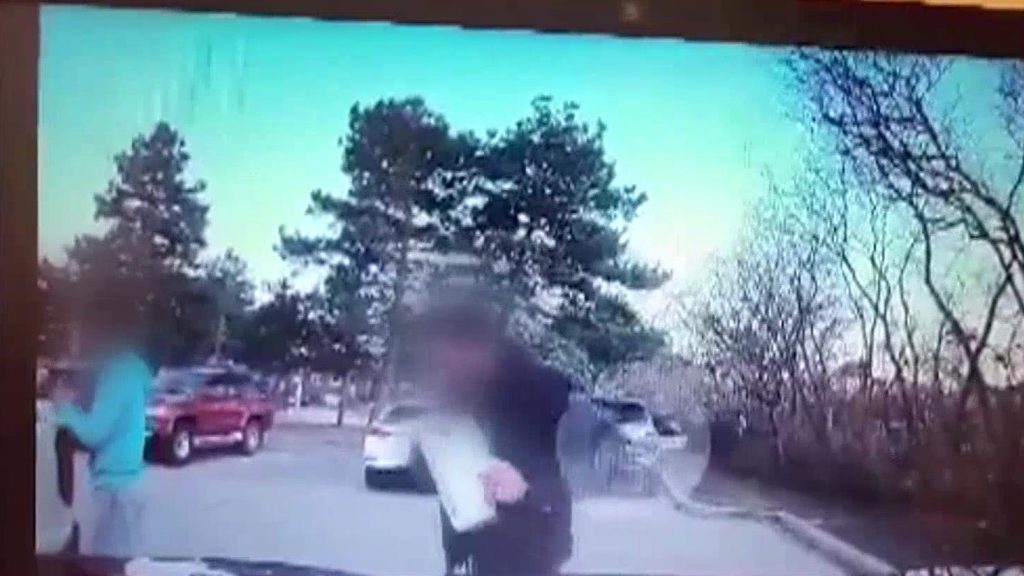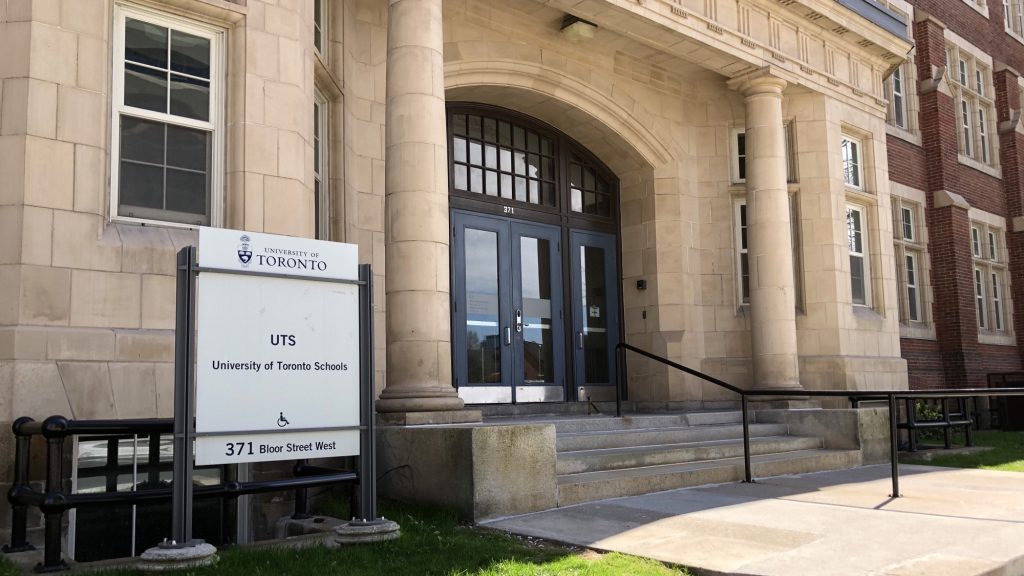Elections Canada ‘clerical error’ leaves Ontario man questioning vote-by-mail system
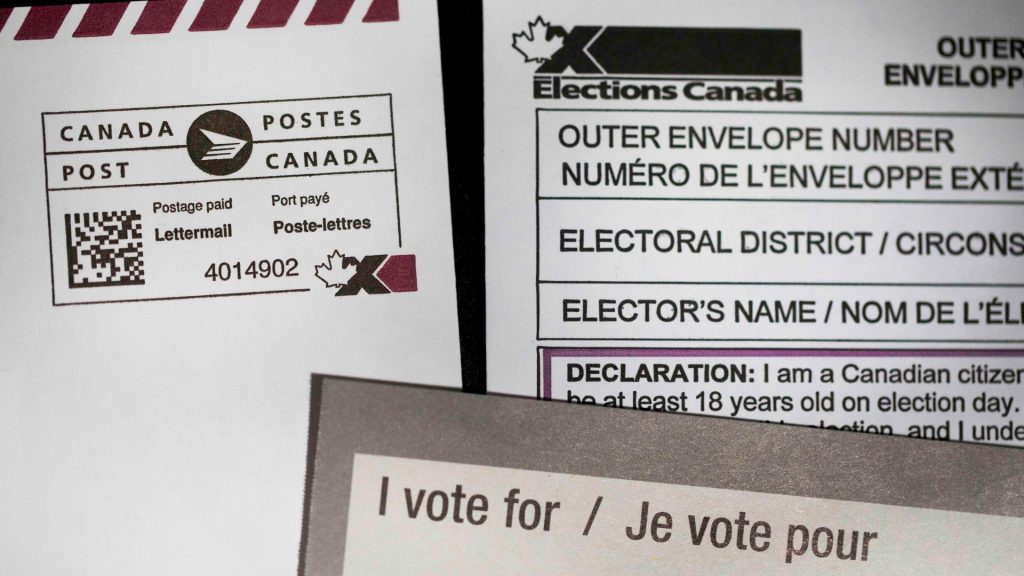
Posted September 17, 2021 5:46 am.
An Ontario man was left questioning the mail-in ballot process after the kit he received contained a different ballot.
Craig and his wife joined 1.2 million Canadians this year in requesting a vote-by-mail package for the federal election. When their kits arrived from Elections Canada, they opened them together only to discover that the instructions did not match the ballot.
“The instructions enclosed with the ballot specifically state that I am to ‘clearly print on the ballot the first and last names of the candidate of my choice,'” he tells CityNews. “It goes on to state ‘do not write anything else on the ballot.'”

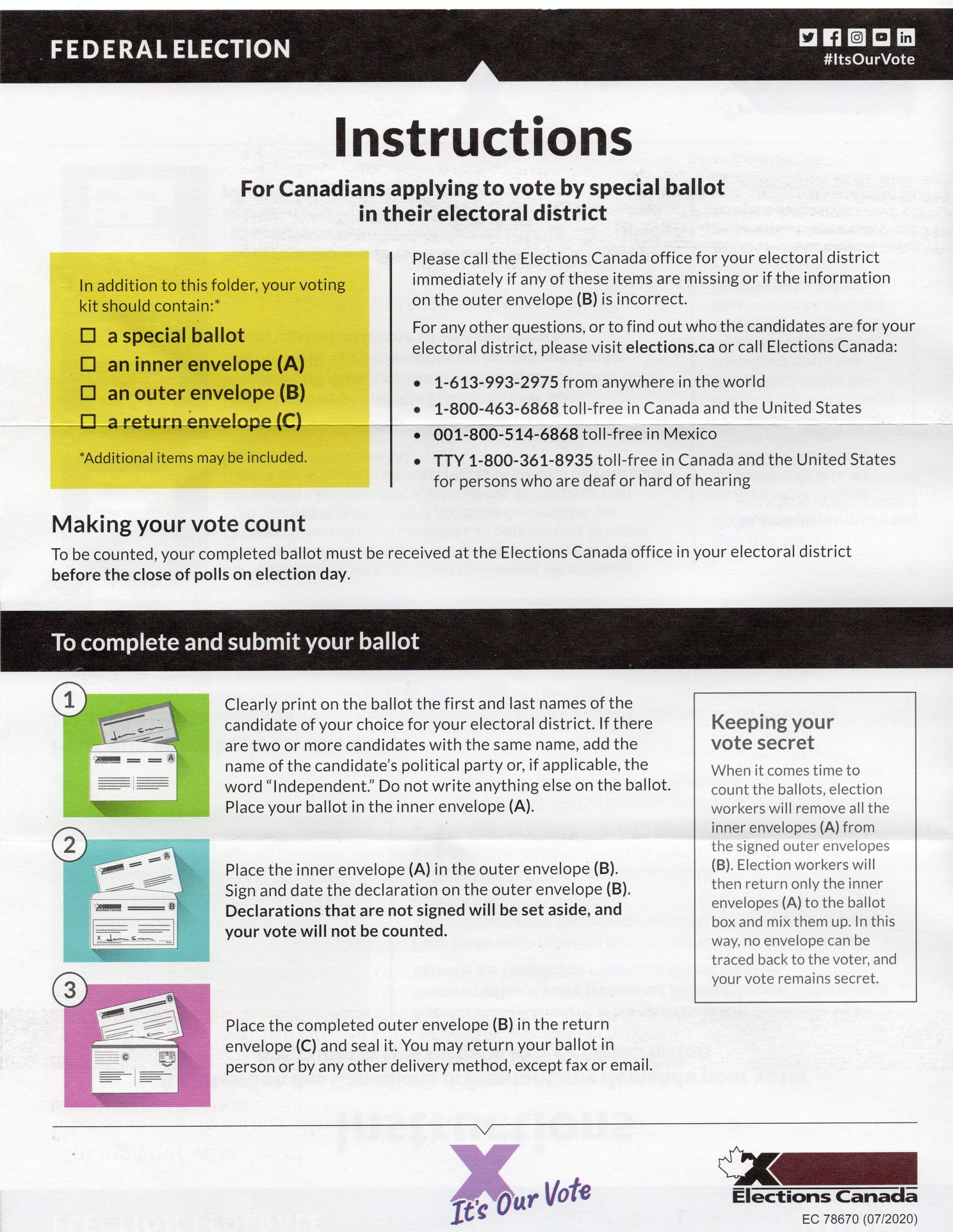
As it turns out, the ballots they both received were the normal ballots that already contained the candidate’s names. “There are no instructions in the package on how to complete a regular ballot,” he says.
Concerned that the ballots could be spoiled, Craig contacted Elections Canada for clarity.
“I got through to the first person and explained what the problem was. He said that was a mistake and we will send you out the proper two ballots but would have to get in touch with our regional office.”
However, the regional office told the Pickering resident to ignore the instructions and fill out the ballots as one normally would.
That left him questioning the process. “I said, well it doesn’t really have a lot of integrity to it, does it?”
According to Matthew McKenna of Elections Canada, it’s believed to be a clerical error on their end.
“After the nomination process closes, and the regular ballots are printed, electors voting by special ballot at their local Elections Canada office will often be given a regular ballot to use, instead of the special ballot where they need to write-in the name of the candidate of their choice,” he explained.
According to McKenna, this is done to make the process simpler for the elector. When they do this, their ‘regular’ ballot is still sealed in the series of security envelopes so that the secrecy of their vote is maintained.
“In this case, it sounds like the regular ballot was accidentally included with the elector’s vote-by-mail kit, instead of a special ballot,” says McKenna. “As long as the marked ballot was sealed inside of the security envelopes, it will still go into a ballot box (inside of the inner envelope, indistinguishable, at that point, from the other ballots) for counting on election night.”
Craig discovered online that the vote-by-mail kits in British Columbia contained a different set of instructions compared to Ontario’s. Instructions that, if received with either a ‘special ballot’ or ‘normal ballot’ would provide proper guidance to the voter.

“It’s a little thing, but for anyone with a comprehension issue it could be a deal breaker for voting, or getting the vote counted,” he says, asking why things would be done differently between the two provinces.
“It struck me as in if I can’t understand it, what’s somebody who isn’t familiar with the processes, maybe voting for the first time, what are they going to do with it?”
It turns out the type of ballot received wasn’t the only issue for Craig and his wife.
“The ballot wouldn’t even fit in the envelope. We ended up having to cut the edge off as it was about 1/8th of an inch too big.”
Craig wasn’t the only one to reach out to CityNews regarding issues with their mail-in ballot.
“My kit is missing the crucial ballot,” wrote Tony Giverin. “This is the piece of paper that is inserted into envelope A. Is this an isolated case or did others receive the same incomplete kit?”
McKenna says that election workers work hard to ensure that processes are followed precisely to avoid any confusion among electors, but errors do happen from time to time.
“We apologize to this elector for any inconvenience or concern.”


